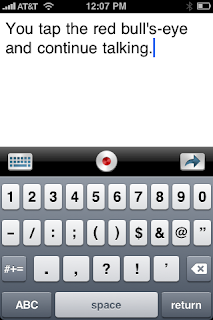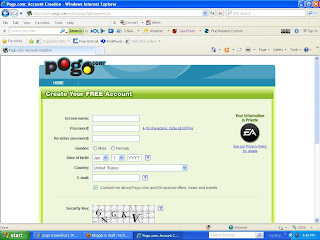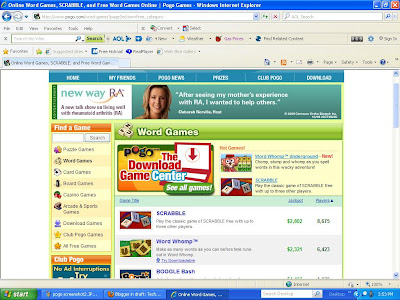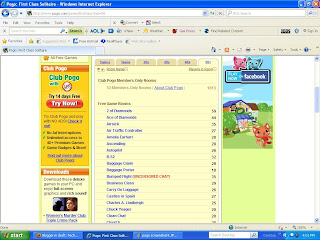Before I draw a conclusion about whether or not boomers will like the new Apple iPAD, let me tell you that I haven’t had a chance to play with the device, yet. However, all indications are that baby boomers will like it. The device was introduced Wednesday and if you missed the hoopla surrounding the release, then you don’t watch much news or read the newspaper. My local newspaper featured a story about it on the front page, and I live in New Jersey, not Silicon Valley!
At first glance, it seems that Apple got this mostly right. The device is much more than an e-book reader. It can be used to surf the web, view videos, play games etc. Yet it's easy and intuitive to use. It is also very thin and light weight, a feature boomers will love when they throw the device into their carry-on bag. And, yes, I think we will like reading on this device. The keyboard is the same virtual keyboard that comes with the iPhone, but bigger. The jury is still out as to whether boomers will enjoy the experience of typing on this keyboard.
The price may put some people off, but the entry level iPAD which lists for $499 is comparable in price to the Kindle DX. The Kindle DX lists for $489. The Kindle is a dedicated book reader with wireless 3G communications bundled into the price. The iPAD is a multi-faceted device. The entry level device comes with WiFi (you can use it at hotspots and in your home if you have a wireless network) but not 3G. If you want 3G it will cost you a monthly fee, and you’ll have to upgrade to a pricier model. Models range in price up to a whopping $829.
You know through previous posts that I had some issues with the Kindle DX which I thought wasn’t easy to use at all, especially in an academic setting. On paper it looks as though iPAD developers took some of the criticisms to heart. In his announcement, Steve Jobs said that Apple is clearly “standing on the shoulders” of Amazon, and Apple does owe a debt of gratitude to Amazon for establishing this category of device.
One of my problems with the Kindle was ease of navigation. You couldn’t just easily flip through pages to go back to something you read earlier. If you are using the iPAD to read a book, you can flick through the pages (forward and back) using your finger and easily flip to the table of contents. Apparently, like the Kindle, you can change the size of the typeface, an important feature for boomers who want devices that are easy on our eyes.
This quote is from Apple: “The iBooks app is a great, new way to read and buy books. Just download the app for free from the App Store, and you’ll be able to buy everything from classics to bestsellers from the built-in iBookstore. Once you’ve bought a book, it’s displayed on your Bookshelf. To read it, all you have to do is tap on it and it opens up. The high-resolution, LED-backlit screen displays everything in sharp, rich, color, so it’s very easy to read, even in low light.” That last part is good for Boomers too!
Rob Pegoraro in his Fast Forward blog on the WashingtonPost.com says “The iBooks store won't come near the inventory of Amazon's Kindle Store, but the iPad's screen offers a level of detail impossible on the e-ink screens of the Kindle, Barnes and Noble's Nook and other e-readers. A copy of the late Sen. Edward M. Kennedy's "True Compass" opened on a prototype iPad looked strikingly like a paper edition, featuring black-and-white and color photos, finely drawn text and no wait to turn an onscreen page."
One feature that Boomers like on the Kindle seems to be lacking on the iPAD. Kindle’s Whispersync technology keeps your books all on the same page, whether you are reading on your iPhone, Kindle, or PC. I didn’t see any mention of this feature in the material Apple sent out.
Publishers will like that the e-reader part of the iPAD uses books published in the e-pub format, which is an industry standard format. The Kindle uses a proprietary format to Amazon, and books downloaded to the Kindle can only be used on the Kindle or on Kindle Reader software.
Stay tuned for more information on the iPAD. One good thing about the device is that it will be available in Apple retail stores to look at a play with before you buy. You can’t do that with a Kindle.
For more information: http://mashable.com/2010/01/27/apple-ibooks/














